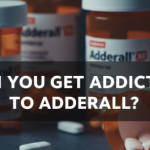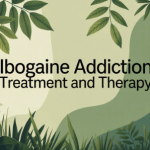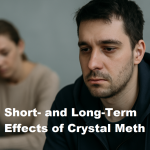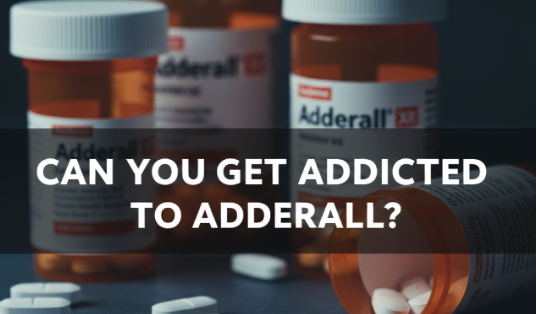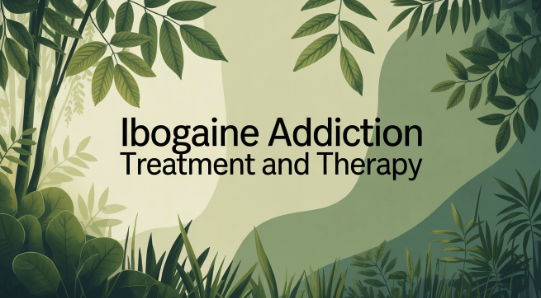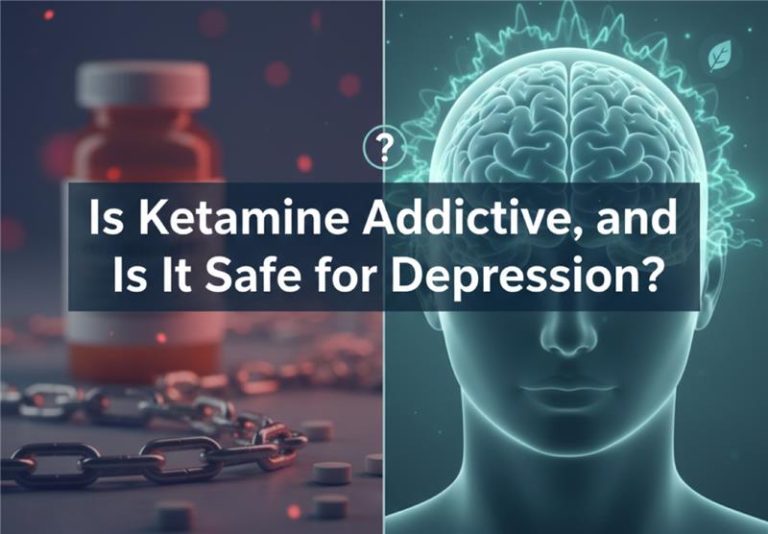Withdrawal symptoms are common in people who discontinue taking tramadol after frequent or chronic use. The duration of tramadol withdrawal also varies depending on many factors some of them being dose, frequency of intake and overall health among other factors. The process is unpleasant though temporary to many. Learning what to expect can help make the journey less intimidating and burdensome.
What is Tramadol?
Tramadol is a pain reliever prescribed to treat pain which is moderate to moderately severe pain. It acts on the opioid receptors of the brain but it is less potent than medications such as oxycodone or morphine. Although tramadol is held to be less potent, it has the potential to lead to dependence and withdrawal, especially when abused or taken chronically.
Why Does Tramadol Withdrawal Happen?
Once you get yourself taking tramadol as a regular dosage, the body will adapt to its effects. This drug alters the mechanisms that your brain uses to process pleasure and pain by affecting the opioid receptors and the level of serotonin. Your body may be unable to cope once you quit it and it undergoes a withdrawal stage.
Common Symptoms of Tramadol Withdrawal
Not everyone has the same withdrawal symptoms which might be physical and emotional or both and the common physical and emotional symptoms are listed below:
- Muscle aches
- Sweating and shaking
- Stomach upset, such as nausea or diarrhea
- Fatigue and restlessness.
- Nervous and restless execrability
- Sleep disorders or parents’ insomnia
- Sudden changes in a mood state
- Headaches
Other uncharacteristic effects that might emerge in individuals include confusion and hallucinations since tramadol also targets the serotonin levels
How Long Does Tramadol Withdrawal Last?
The length of tramadol withdrawal varies, but most people go through it in stages:
Acute Withdrawal (First 3–7 Days)
Symptoms normally commence 8 to 24 hours after the last dose. In the initial days, symptoms are at their peak. This is the stage that is associated with the most discomfort of flu-like symptoms, strong cravings and sleep problems.
Sub-Acute Withdrawal (1–2 Weeks)
Symptoms start to relax after the first week. The discomfort that accompanied you physically diminishes, yet you experience emotional issues still, including anxiety, irritability and mood swings. Sleep can continue to be irregular
Post-Acute Withdrawal (Several Weeks to Months)
Individuals develop post-acute withdrawal syndrome (PAWS), which is a lingering complication. These include such symptoms as fatigue, depression, or cravings and may appear and disappear within weeks or months after quitting. PAWS is not universal, but it is more frequent in individuals exposed to tramadol longer or in large doses.
Factors That Affect Withdrawal Duration
The withdrawal period is not the same for everybody. Other factors that are involved are:
- Duration of usage: The longer there is a span of tramadol usage, the harder it may be to withdraw.
- Dosage: The more, the more you usually depend on them.
- Ways of using: Tramadol should never be misused (crushed or snorted), as this will worsen the symptoms.
- Personal health: Personal health problems such as anxiety, depression or chronic pain may impact the recovery.
- Support system: Emotional support, as well as medical supervision, can help minimize the time the struggle progresses.
Coping With Tramadol Withdrawal
Withdrawal may be a tough experience, but one can find a safe and effective method to cope with it:
Medical detox: A doctor can perform medical screening and prescribe medication.
Reduction/tapering off: A gradual reduction of the dose rather than a sudden stop can be used to reduce symptoms.
Drinking water and eating balanced foods: doing so can reduce physical stress.
Rest/sleep hygiene: Tranquil sleeping habits help in case of insomnia.
Therapy and counseling: Counseling and speaking to an expert to manage cravings and mood shifts.
100% Confidential Support is Available 24/7
No matter what you’re going through, you’re not alone. Our dedicated team is here to provide a safe, judgment-free space where you can talk openly and honestly. Whether you need emotional support, resources, or just someone to listen.
We’re here for you—completely confidential and always respectful of your privacy. Call us today!
Risks of Quitting Tramadol Suddenly
Cold turkey of tramadol may be an intimidating experience and in some cases, potentially harmful. Since tramadol is also a drug that acts on serotonin, sudden withdrawal can cause severe anxiety or even panic attacks in rare instances and seizures. That is why the majority of doctors advise the tapering off process, to discontinue abruptly.
Orlando Treatment Solutions
Battling with Drug and Alcohol Addition? Remember, you are not alone and we are here to help you!
Professional Treatment Options
When tramadol detox is too much, clinics provide systematic management.
Options include:
Inpatient detox: Around-the-clock medical care for extreme cases.
Outpatient programs: Convenient assistance to the patients who require care, and at the same time, they have to maintain daily activities.
Medication-assisted treatment (MAT): There are some medications that can help restore proper brain chemistry and temper cravings.
Support groups and therapy: To get long-term recovery, it is usually necessary to tackle the emotional aspect of the dependence.
How to Support a Loved One in Withdrawal
It is not easy to watch a person experience withdrawal. You may assist in this by
- Inspiring them to get medical attention
- Giving non-QM emotional support
- Bringing relief by assisting with everyday tasks as they heal
Educate yourself on tramadol withdrawal so you know what they are experiencing

Seeking Help
The withdrawal symptoms of Tramadol usually take one to two weeks, but others might have longer-term emotional experiences. It is messy, but it can be coped with proper tactics and medical assistance. When you or a loved one is in crisis, seek professional care at Orlando Treatment Solutions to make the recovery process safer and more effective.







